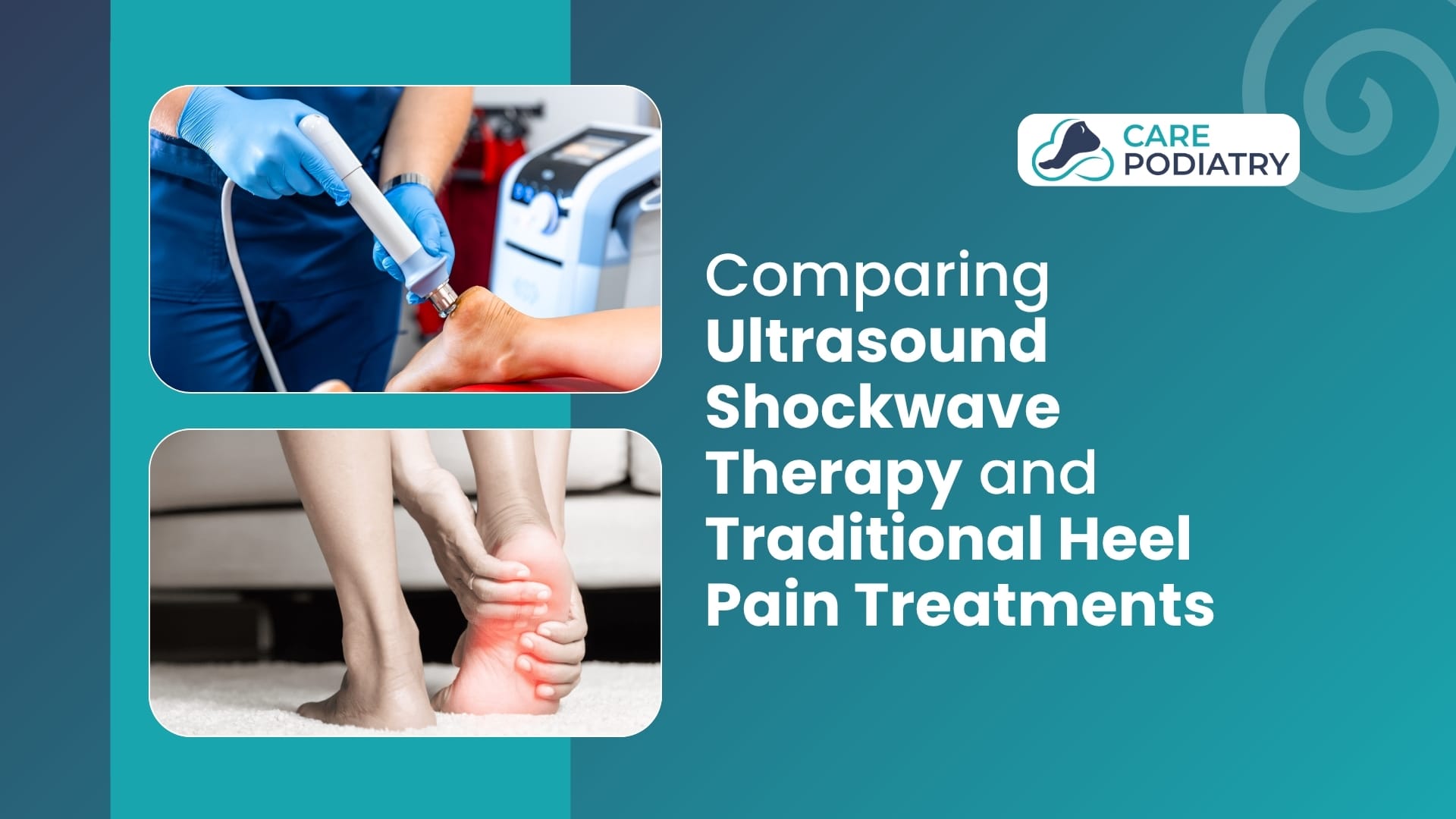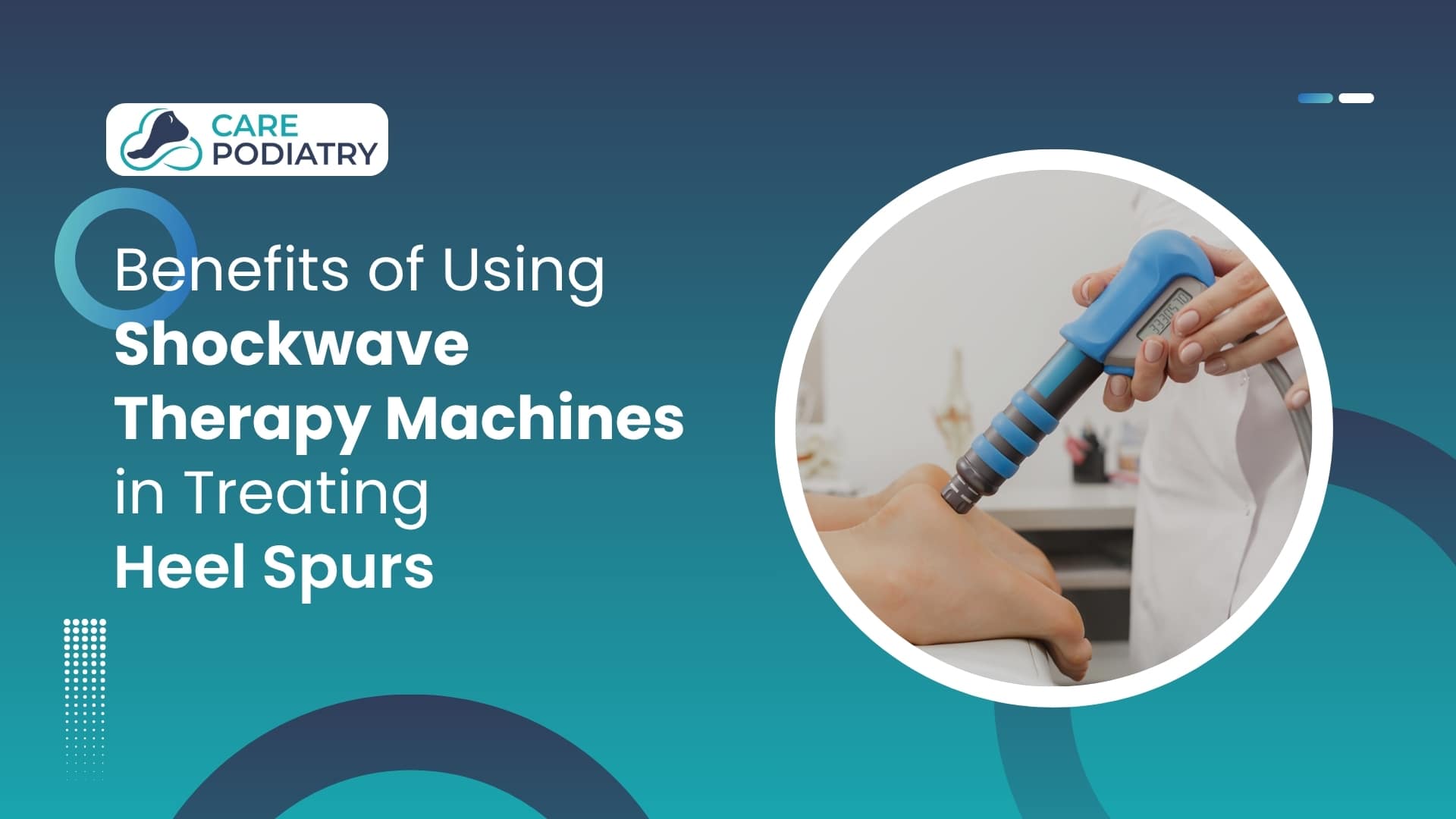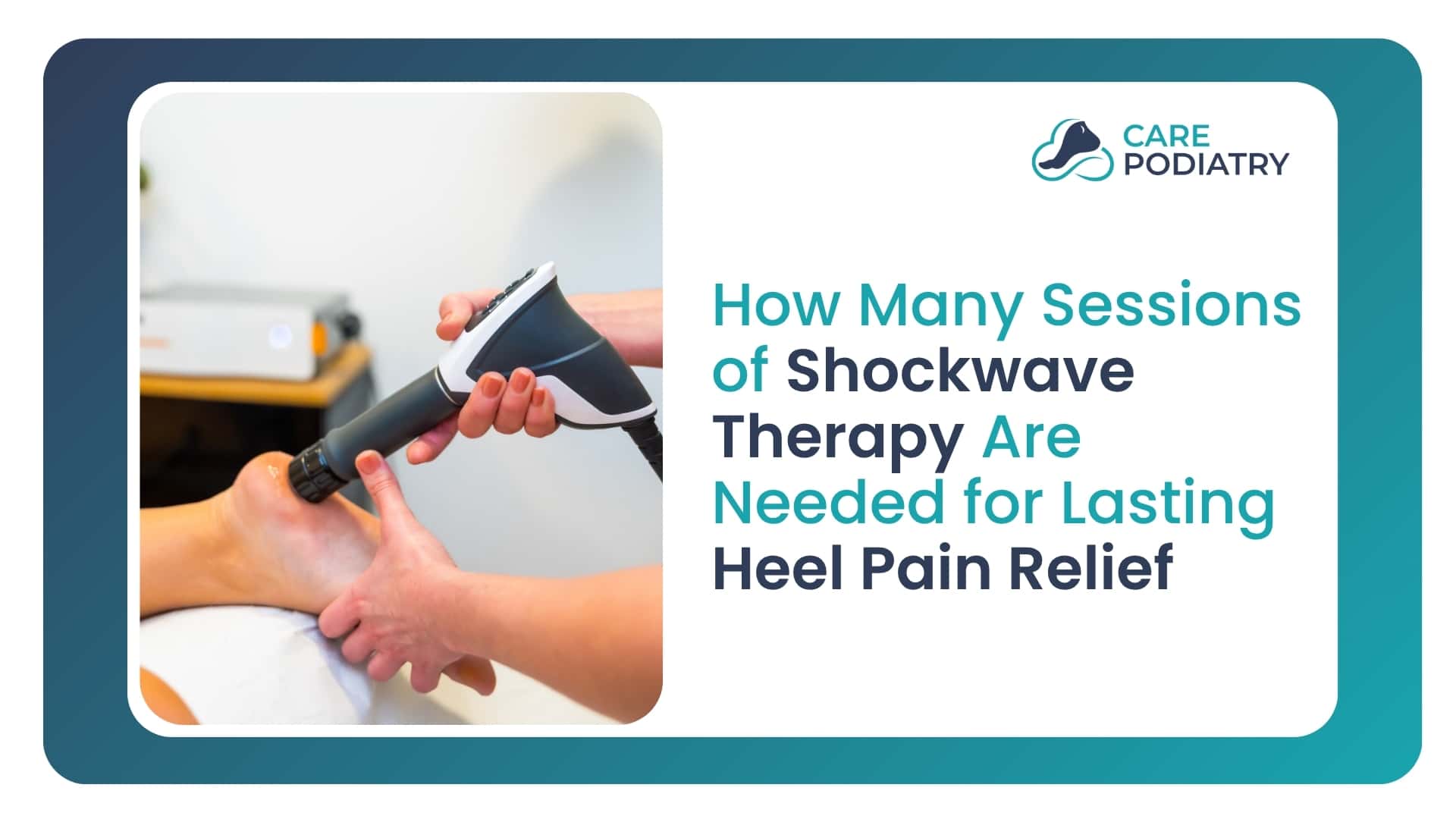One of the most widespread foot issues that affects individuals of any age is heel pain. Be it due to the presence of plantar fasciitis, heel spurs, or overuse injuries, the condition may cause daily activities such as walking or standing to be very uncomfortable.
Historically, the approaches to the treatment of heel pain have been based on rest, physical exercise, anti-inflammatory drugs, orthotics, and, in rare instances, surgery. Newer therapies like ultrasound shockwave therapy have, however, drawn attention to their effectiveness and quicker recovery results.
This blog will compare ultrasound shockwave therapy to the traditional methods of treating heel pain, and how the two differ, the advantages, and which one may be the best to use.
Understanding Heel Pain and Its Causes
The cause of heel pain is usually inflammation of a thick band of tissue known as the plantar fascia, which links your heel bone to the toes. This is referred to as plantar fasciitis, and it is the cause of the top cause of discomfort in the heel. Other causes include:
- Heel spurs
- Achilles tendonitis
- Bursitis
- Stress fractures
- Nerve entrapment
Heel pains can be mild in the morning with some stiffness, or sharp and chronic, restricting mobility. The right choice of treatment is dependent on the severity, duration, and cause of the symptoms.
Traditional Treatments for Heel Pain
Conventional approaches have been used for decades and are typically the first step in managing heel pain. Some of the most common treatments include:
1. Rest and Activity Modification
Physical activity should be minimized, and the high-impact activities should be stopped, to allow the inflamed tissue to heal on its own. This method is not complicated, and it can lead to weeks of decreased mobility.
2. Ice and Anti-Inflammatory Medications
Ice packs and over-the-counter drugs such as ibuprofen are used to decrease swelling and pain. They are very relieving, but seldom treat the cause of the heel pain.
3. Stretching and Physical Therapy
Stretching exercises of the calf muscles and plantar fascia make the muscles more flexible and decrease the tension at the heel. Treatment can involve exercises to build strength to aid in long-term recovery.
4. Orthotics and Supportive Footwear
Special footwear or custom orthotics cushion the heel and correct abnormal gait, which reduces the strain on the plantar fascia. The approach is usually useful in the long term.
5. Steroid Injections
In the extreme situation, corticosteroid injections may alleviate inflammation and pain in a short period. But they are short-term solutions and are associated with risks like tissue damage with frequent usage.
6. Surgery
Surgery is used as a last resort. It is either the release of a portion of the plantar fascia or the removal of the bone spurs. The recovery process may take a long time, and the risk is more prominent than with non-invasive alternatives.
These treatments are effective in some cases, but not always, including the chronic sufferers of heel pain. So, there come contemporary therapies such as ultrasound shockwave therapy.
What is Ultrasound Shockwave Therapy?
Ultrasound shockwave therapy (often abbreviated as ESWT; extracorporeal shockwave therapy) is a non-invasive therapy that is performed to promote the healing of injured tissues with the assistance of sound waves. The sound wave of high energy is directed to the affected region to enhance blood flow and speed up healing.
This treatment not only relieves pain, but it also enhances long-term healing by boosting the natural healing of the body. It works especially well in cases of chronic plantar fasciitis and in cases of heel spurs, which are not responsive to conventional treatment.
Benefits of Ultrasound Shockwave Therapy
- Non-invasive – No needles, surgery, or implants required.
- Promotes natural healing – Stimulates collagen production and tissue regeneration.
- Quick recovery – Patients often resume normal activities faster than with surgery.
- High success rate – Clinical studies show significant pain reduction in patients with plantar fasciitis.
- Long-term results – Unlike temporary pain relievers, this therapy addresses the root cause of heel pain.
Comparing Traditional Treatments vs. Ultrasound Shockwave Therapy
| Factor | Traditional Treatments | Ultrasound Shockwave Therapy |
|---|---|---|
| Invasiveness | Ranges from non-invasive (rest, orthotics) to invasive (surgery, injections) | Completely non-invasive |
| Pain Relief | Temporary relief with medication or injections | Long-lasting relief by stimulating healing |
| Recovery Time | Weeks to months, depending on method | Faster return to normal activities |
| Effectiveness for Chronic Heel Pain | Often limited, especially if pain persists | Highly effective for stubborn or long-term cases |
| Risks | Side effects from medications, surgical complications | Minimal side effects (temporary soreness) |
Who Should Consider Ultrasound Shockwave Therapy?
This treatment is ideal for individuals who:
- Have chronic plantar fasciitis or heel pain lasting longer than 6 months.
- Did not find relief with traditional methods like orthotics, rest, or physical therapy.
- Want to avoid surgery or steroid injections.
- Need a faster return to daily activities.
However, patients with certain conditions (such as blood clotting disorders or pregnancy) should consult their podiatrist before undergoing shockwave therapy.
Conclusion
While traditional heel pain treatments like rest, orthotics, and physical therapy are effective for many, they don’t always provide long-term relief—especially in chronic cases. Ultrasound shockwave therapy stands out as a modern, non-invasive, and highly effective option for patients who want lasting results without the risks of surgery or repeated injections.
If you’ve been struggling with heel pain that just won’t go away, it may be time to explore advanced treatment options.
At Care Podiatry, we specialize in comprehensive foot and ankle care, including advanced treatments like shockwave therapy, custom orthotics, and diabetic foot care. Serving Anaheim, Cerritos, and Lakewood, our team is dedicated to getting you back on your feet with safe and effective solutions.
Book an appointment today and experience personalized podiatry care designed for every step you take.
Frequently Asked Questions
Which is better, ultrasound therapy or shockwave therapy?
Shockwave therapy is generally more effective for chronic heel pain since it stimulates deep tissue healing. Ultrasound therapy may help with mild cases but is often less powerful for long-term conditions.
What is the best therapy for heel pain?
The best therapy depends on the cause and severity. For chronic plantar fasciitis, shockwave therapy is often most effective. For mild pain, orthotics, rest, and stretching may provide significant relief.
Which is better for plantar fasciitis, shockwave or laser?
Shockwave therapy is typically better than laser because it penetrates deeper tissues and promotes healing at the root of the problem. Laser may help reduce surface inflammation but isn’t as effective long-term.
What is the best scan for heel pain?
An ultrasound or MRI is best for diagnosing heel pain. Ultrasound can show plantar fascia thickness, while MRI provides detailed imaging for soft tissue injuries or stress fractures.
Does shockwave therapy work for plantar fasciitis?
Yes, shockwave therapy is one of the most effective non-invasive treatments for plantar fasciitis. It promotes healing, reduces inflammation, and offers lasting relief when traditional methods fail.



